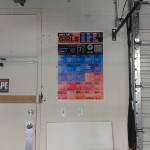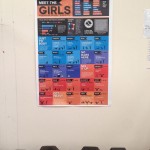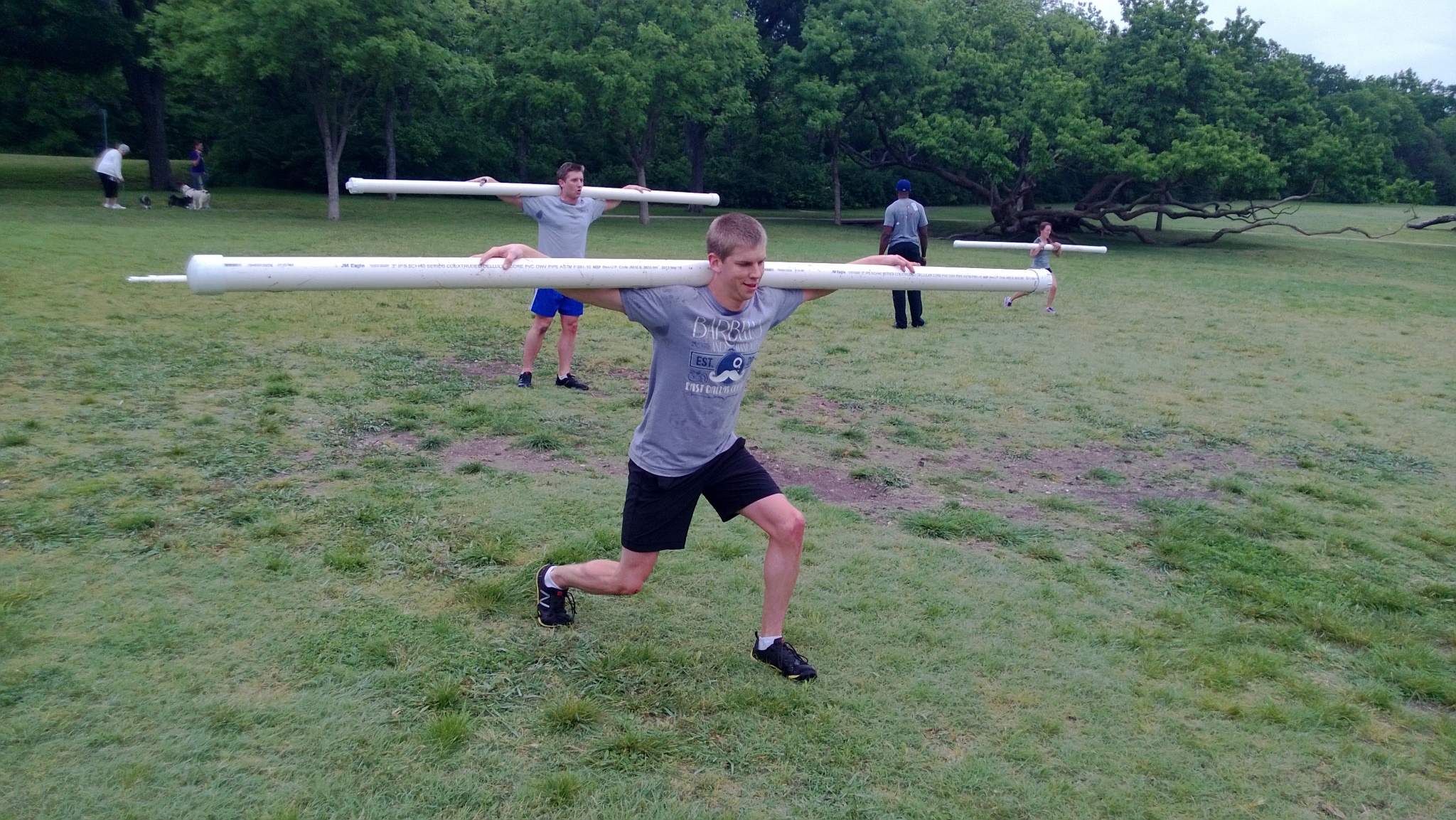We want to thank everyone who has shared our meet the girls infographic over the past 2 months. Your feedback and comments have been incredible. There have been more than a few requests to turn this infographic into a full-sized CrossFit poster and to show our gratitude we are releasing the file to you for free.
Not only has the infographic already received over 1.4K shares from our website alone, it is also climbing up the ranks of Visual.ly (an infographic sharing site) as one of the top infographics of all time in their “health” category. http://visual.ly/meet-girls-crossfit-infographic
We have to give a huge thanks to ex-EDCF member Kelsea Everett (now working for CrossFit HQ in Santa Cruz) for making this project such a huge success. Kelsea took the time to completely reconfigure the graphic so it would print as a 2′ by 3′ poster.
CrossFit Poster Printing Instructions
*Skip Ahead if You Have Your Own Printing Plans
In our search for an affordable poster printer, we looked at Kinkos, Vista Print, & a couple local shops. By far, the least expensive printer we found was Vista Print. For a 2′ by 3′ poster, with shipping to Dallas, TX, we paid $22 with Vista Print compared to $75+ at both of the local stores. If you guys know of any other good options, feel free to add your printing tips in the comments area.
Instructions for Vista Print:
1) Start here: Vista Print Poster
2) Select “Large” 24″ by 36″ & click “Upload A Design”
3) Choose “Vertical”
4) Download the Poster File here:
**You will be redirected to the download page.**
5) Click “Choose File” and select the poster file you just downloaded. *We’ve been assured that it’s okay to ignore the resolution warning. Kelsea confirmed the file is up to the highest resolution standards*
6) Click Next, Click on the Image, Hit “Edit” and then “Move/Resize”
7) Select a corner and resize/center the image until it fits within the dotted lines. There will be a white border when it’s printed.
8) The rest should be pretty self explanatory. We opted for the “Glossy Stock” which does cost extra, but we are happy with the material. Scroll down to the bottom to see the poster hanging at EDCF.
*We do not have any posters for purchase. The printing is up to you.*
Just Need the Poster File?
**You will be redirected to the download page.**
Poster Preview
Here’s a preview of the Meet the Girls Poster. DO NOT download this image – this is a much smaller file. Use the download link above.
Share Your Poster with Us: #MTGPoster on Twitter
We would love to see our Meet the Girls poster hanging in your homes and gyms around the world. Whenever you receive your poster, please take a quick picture and either email it to us at, info (at) eastdallascrossfit.com or share on Twitter with @edallascrossfit using hashtag #MTGPoster. We will add your picture to this page.
Thanks for sending your pics! Keep them coming.





















